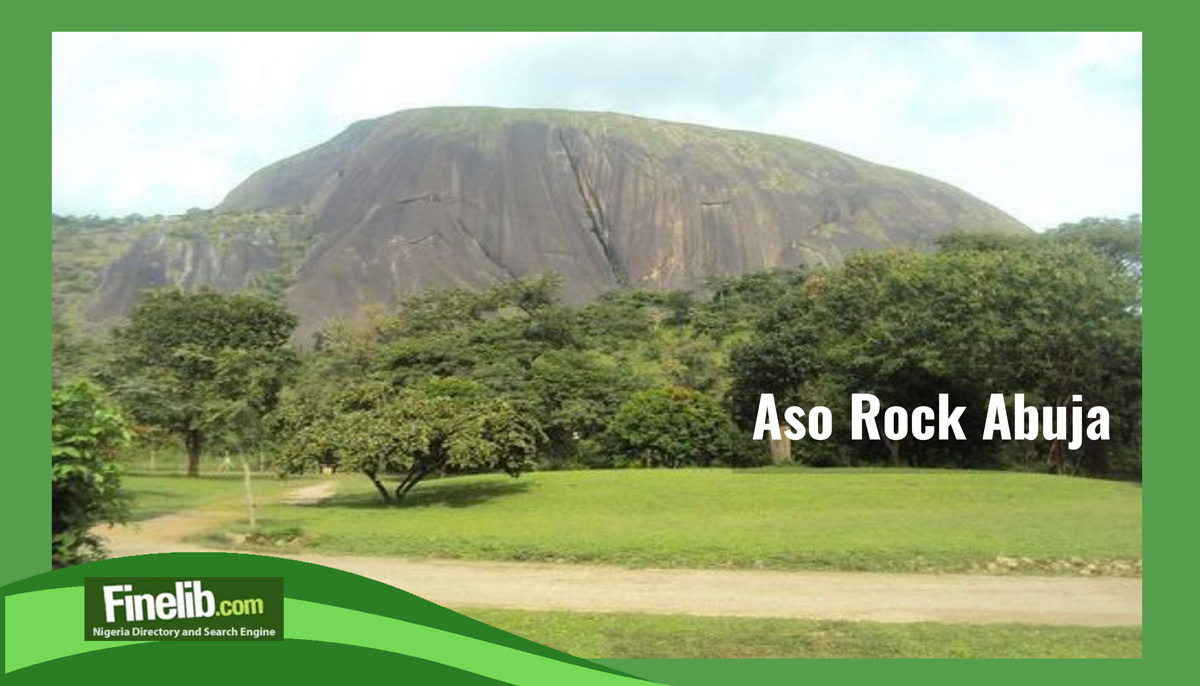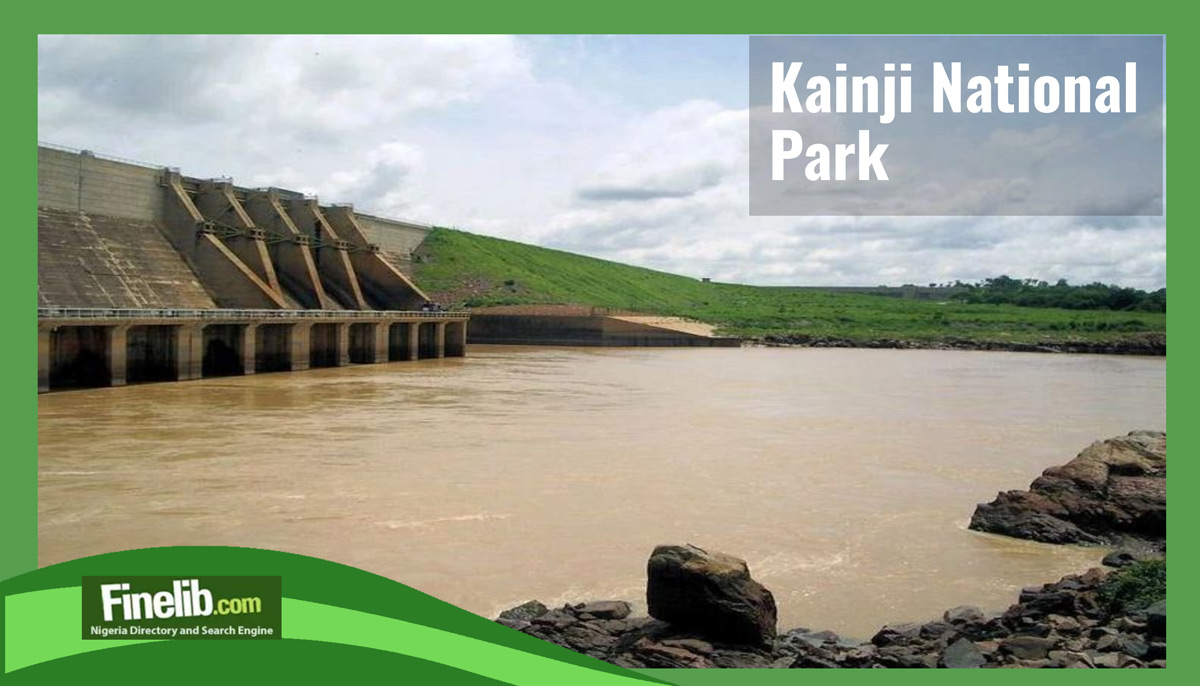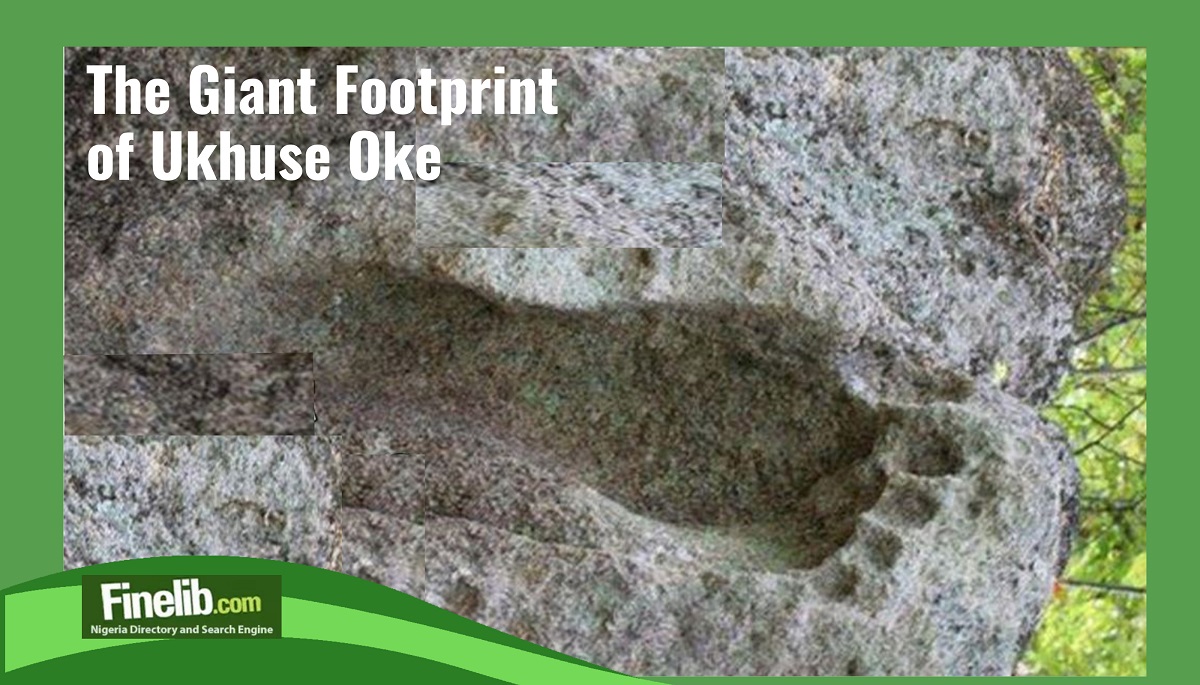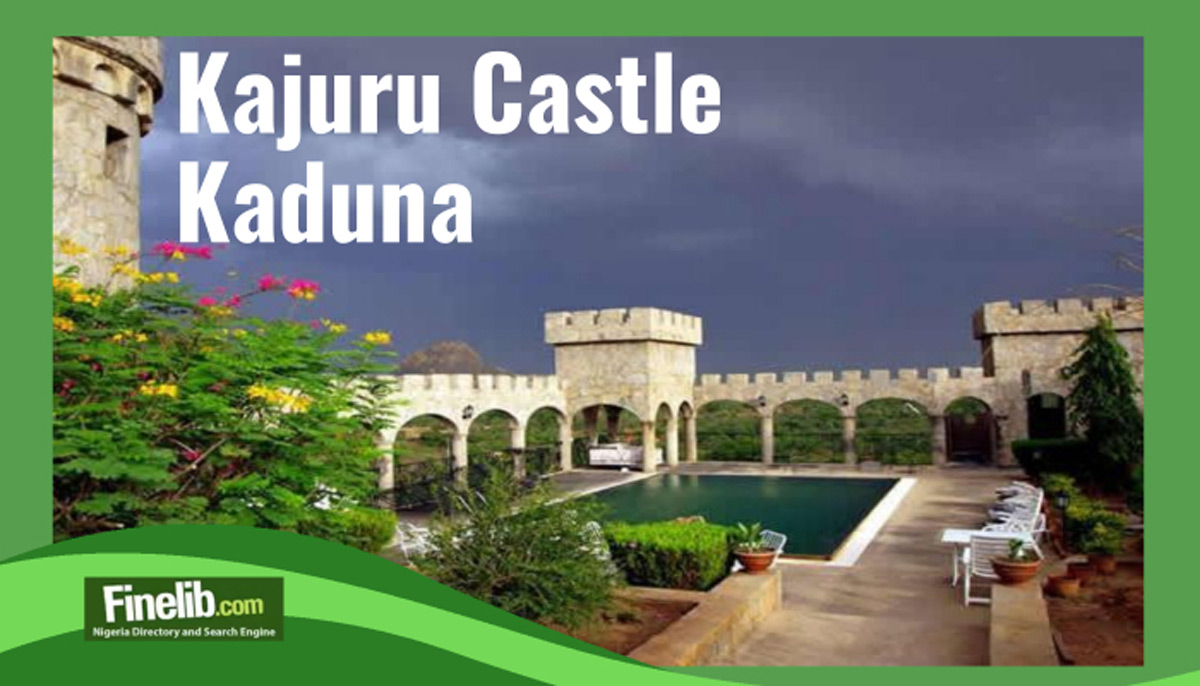Attractions and Tourist Activities at Aso Rock Abuja

If you are searching for a place in Nigeria that blends stunning natural beauty with a deep sense of history and power, Aso Rock in Abuja is the place. This towering granite monolith, rising 400 metres above its surroundings and peaking at 936 metres above sea level, stands as one of the most striking features of Nigeria’s capital city.
Located on the northern outskirts of Abuja, it looms over the bustling streets below, acting as a silent sentinel near the Nigerian Presidential Complex, National Assembly, and Supreme Court. Known as the Gateway to Power, Aso Rock is more than just a rock; it is a symbol of Nigeria’s strength and a hotspot for visitors craving both adventure and insight.
Whether you are a local Abuja resident or someone exploring Nigeria for the first time, this guide dives into its history, attractions, and why it deserves a spot on your must visit list. Let’s unpack this giant and see what it has in store.
The Story Behind Aso Rock
Aso Rock’s tale stretches back millions of years, shaped by nature’s slow grind from gneiss, schist, and granite into the monolith we see today. Its name, Aso, comes from the Asokoro people, an ethnic group whose language translates it to victorious, a fitting title for a rock that has stood the test of time.
For centuries, it was a landmark for the Gbagyi and other local folks, who saw it as a spiritual haven, using its heights for ceremonies and refuge during tribal skirmishes. When the British arrived during colonial days, they recognised its strategic perch, turning it into a lookout point to guard their interests along the old Abuja plains.
Fast forward to 1976, when General Murtala Mohammed’s government decided to shift Nigeria’s capital from Lagos to a central spot—Abuja was born, and Aso Rock became its heartbeat. Construction of the Presidential Villa began in 1985 under President Ibrahim Babangida, wrapping up in 1991 when he moved in, making it the official seat of power just as Abuja took over from Lagos.
In 2003, it grabbed global attention when Commonwealth leaders met here for the Aso Rock Declaration, cementing its role not just in Nigeria but on the world stage. Today, it is a rock of history, power, and pride, a proper Nigerian icon that keeps drawing eyes and feet.
Where It Stands
Aso Rock sits on the northern edge of Abuja, in the Federal Capital Territory, overlooking the city from its perch near Asokoro District. It is surrounded by key government buildings—the Presidential Villa at its base, the National Assembly to the southwest, and the Supreme Court nearby, making it the literal and figurative centre of Nigeria’s governance.
You will spot it along the Abuja Zuba Expressway, a massive grey slab against the skyline, with the city sprawling southwards below. Getting there is no wahala if you are in Abuja, just grab a taxi or keke from Wuse or Maitama for about 1000 naira, or drive yourself towards Yakubu Gowon Crescent in Asokoro.
From Lagos or farther afield, hop on a bus to Abuja’s Nyanya or Zuba parks for 5000 to 7000 naira, then switch to local transport. It is a stone’s throw from the city’s core but feels like a world apart, a natural giant in Nigeria’s political hub.
What Makes Aso Rock Tick
Aso Rock is not just a big rock—it is a full package of sights and activities that keep visitors coming back. Here is the gist of what you can see and do:
- Hiking Trails
Fancy a bit of sweat? Aso Rock offers trails winding up its slopes, from easy strolls to trickier climbs. They are not marked out like a fancy park, so you will need grit and good shoes, but the payoff is stunning views of Abuja’s skyline and the green plains beyond. It takes about an hour or two, depending on your pace, and the breeze up high is pure bliss.
- Photography Heaven
With its towering bulk framed by trees and the city below, Aso Rock is a shutterbug’s dream. Snap it at sunrise when the light paints it gold, or at dusk when the skyline twinkles. The rock’s rugged face and the Villa’s white domes make every shot a keeper for your WhatsApp or Instagram flex.
- Nature Walks
Around the base, lush greenery stretches out, dotted with trees and flowers that make walking a joy. It is a calm escape from Abuja’s hustle, where you can hear birds chirping and feel the earth underfoot. Perfect for a quiet wander or a deep gist with mates.
- Presidential Villa Tours
At the rock’s foot lies the Aso Rock Presidential Villa, Nigeria’s seat of power since 1991. You cannot just stroll in—it is heavily guarded—but official tours happen now and then, especially during public events. Book ahead through government channels, and you might peek at the chapel, mosque, or meeting rooms where big decisions get made.
- Picnic Spots
The open spaces around the rock are prime for a picnic. Spread a mat, unpack some jollof rice or suya, and enjoy the view with your crew. It is a laid back way to soak in the scenery, with the rock’s shadow keeping you cool on a sunny day.
- Wildlife Watching
The area teems with life—birds like hawks and weaver birds flit around, while small critters like lizards and squirrels dart through the bushes. Bring binoculars if you are keen, it is a subtle taste of Nigeria’s wild side right in the capital.
- Spiritual Reflection
For the Gbagyi and others, Aso Rock has long been a sacred spot. Some still see it as a place of power, where prayers and quiet moments feel extra special. Whether you are religious or not, the rock’s presence has a vibe that calms the spirit.
Why Nigerians Love It
Aso Rock holds a special place in Nigeria’s heart for good reason. It is where power lives, with the Villa hosting presidents from Babangida to Tinubu, making it a symbol of our nation’s journey.
For locals, it is a point of pride, a natural wonder smack in the middle of Abuja’s modern sprawl. Families roll in for picnics, couples snap pics with the rock as a backdrop, and tourists marvel at its size and story.
During big moments like the 2003 Commonwealth meeting or protests demanding better governance, it becomes a stage for Nigeria’s voice. It is a mix of nature, history, and everyday life that keeps it buzzing year round.
How to Get There and Around
From Abuja’s city centre, Aso Rock is a quick hop. Taxis or Bolt rides from Garki or Wuse cost 1000 to 1500 naira, while a keke from Maitama might be 500 naira. If you are driving, head north on the Abuja Zuba Expressway towards Asokoro, parking near the Villa’s outer gates or along the road.
From Lagos, a bus to Abuja’s Nyanya park runs 5000 to 7000 naira, taking 8 to 10 hours, then switch to local transport. The rock itself is always there, but public access is tricky—hiking and picnics are fair game around the base, though the Villa is off limits without clearance. Best time to visit is November to March, when it is dry and cool, around 20 to 30 degrees Celsius. Bring cash for small fees or snacks, no POS machines linger here.
Why It Matters to Nigeria
Aso Rock is more than a landmark—it is a piece of Nigeria’s soul. It marks where our capital took root in 1991, a central spot chosen to unite the country. For the Gbagyi, it is a spiritual anchor, while for the nation, it is power personified, with the Villa hosting African Union summits and global leaders.
It pulls in naira too, with visitors spending on transport, food, and guides, giving Abuja a little economic lift. Beyond that, it is a quiet flex of Nigeria’s natural might, a 400 million year old giant that reminds us we have got roots as deep as our ambitions. It is history, identity, and beauty all rolled into one.
Challenges and Hopes
It is not all smooth sailing, though. Public access to Aso Rock is limited, security around the Villa keeps most folks at the base, and there are no proper trails or signs for climbers. Litter can pile up when crowds roll through, and the lack of a visitor centre means you are on your own for info.
Some dream of turning it into a full tourist hub, with guided hikes and picnic zones, but funds and plans lag. Still, there is hope. Local chatter hints at upgrades to boost its shine, keeping it safe and stunning for tomorrow’s visitors. If Nigeria pushes it right, Aso Rock could be a global draw, not just a local pride.
Tips for Your Visit
Plan your trip for the morning—less heat, fewer people, and sunrise views that hit different. Wear trainers for hiking, the slopes are rough, and pack water, the climb can dry you out. Bring snacks like chin chin or suya, though hawkers near the base sell bits and bobs if you run low.
Snap pics from every angle, but respect the Villa’s no go zones—soldiers do not play with trespassers. If you are with family, the picnic spots are a win, and kids love spotting birds. Keep it clean, no rubbish dumping, this rock deserves respect. Ask locals in Asokoro for extra gist, they know tales no guidebook holds.
The Bigger Picture
Aso Rock is Nigeria’s silent giant, a monolith that has watched empires rise and fall. It ties us to our Gbagyi past, our colonial struggles, and our modern hustle, all while standing tall over Abuja. In 2025, as Nigeria keeps growing, this rock keeps us grounded, a natural wonder that blends power, history, and peace.
It is not just Abuja’s pride, it is a nod to Nigeria’s depth, showing the world we have got wonders worth shouting about. From its ancient stones to its modern role, it is a living story of who we are and what we can be.
Final Thoughts
Aso Rock is not just a place to see; it is a vibe to feel. Whether you are hiking its trails, snapping its rugged beauty, or chilling at its base with mates, it offers a taste of Nigeria’s spirit you cannot get elsewhere. From its colonial lookout days to its presidential perch, it is a rock with a tale to tell.
So next time you are in Abuja, do not dull. Gather your squad, and head to Aso Rock. It is a piece of our heritage, a slice of our power, and a proper Nigerian treasure waiting to blow your mind. Step up, and let this monolith show you what Nigeria is all about!




